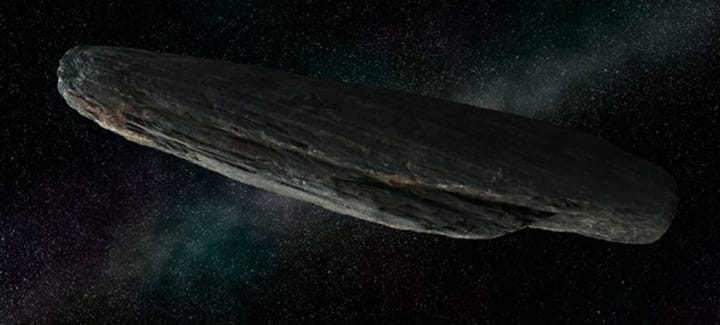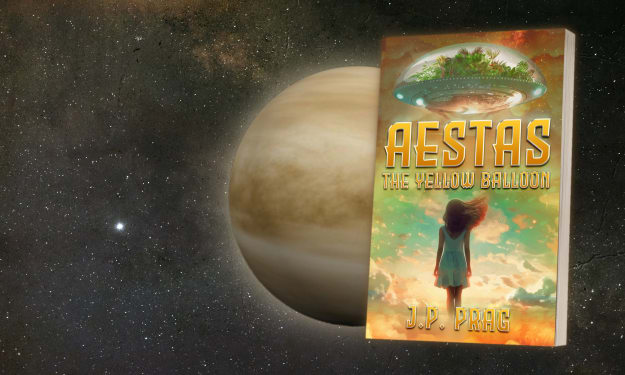The Interstellar Visitor
Oumuamua is not an asteroid.

New analyses of the different observations made show that his behavior is closer to that of a comet.
Eight months ago, astronomers detected an object in space with a very strange shape and path. Resembling a cigar, this star, called Oumuamua, seemed to come from another solar system—at first.
However, its nature divides scientists into two camps. Initially, the object classified as a comet. Therefore, it should consist of various elements, including ice. But the absence of coma, the "hair" of the comet, the trail of dust and gas that occurs when the star approaches a star, pushes researchers to think that Oumuamua is an asteroid, a piece inactive rock.
Except that a new study published on June 27 in Nature, still upsets the classification of this strange visitor. According to the international team (about 20 researchers), Oumuamua would indeed be a comet.
A Question of Acceleration

To arrive at this conclusion, the authors analyzed the 177 observations of the star which was made from the Earth. The scientists use the Hubble Space Telescope to identify Oumuamua. These lasted from October until mid-December, before Oumuamua moved too far from the Earth to be visible.
It is the speed, or rather the acceleration, of the interstellar visitor that has been scrutinized in detail. Generally, it is the gravity exerted by the planets and the sun that allows a celestial body to change gears. But in the case of comets, very low accelerations can also be due to gaseous releases.
It is this type of acceleration that the scientist have detected. Other hypotheses could theoretically explain these changes of speed, but the authors also demonstrate in their article that they are "physically unrealistic or insufficient to explain the observed phenomenon." A comet with a protected heart?
According to the authors, Oumuamua "behaves like a mini-comet." If its size is debated (between 200 and 800 meters long), it is in all cases much smaller than a classic comet.
The researchers are rather confident in their assertion because their results stick with those of a previous study, published in December in Nature. After a spectroscopic analysis, this work reported that it was possible that the heart of Oumuamua was made of ice (as for a comet), but protected by a thin layer of material similar to the structure of classical asteroids.
As for the absence of hair, this could be explained by dust grains of a size or a composition of surface different from the classic comets of the solar system. However, this last point is only a hypothesis, remind the authors. Further observations should be made on the spot to be sure of the true composition and form of Oumuamua.
As the star is out of reach, it will hope that other comets or interstellar asteroids cross the path of the Earth. The good news is that researchers believe, given the behavior and trajectory of Oumuamua, that thousands of its associates are currently wandering the solar system.
And in just a few years, a new telescope, the Large Synoptic Study Telescope (LSST), should begin to observe the sky in Chile. The perfect tool to find other interstellar visitors.
About Author:
I am Matthew Evans and I am a blogger, ruby fortune review writer and photographer. I want to show people how beautiful and interesting our planet is. In addition, I like to read new information about the universe. I started to enter space when I was10-years-old. As for me, our future is astronomy and we have to know as much as we can.






Comments
There are no comments for this story
Be the first to respond and start the conversation.